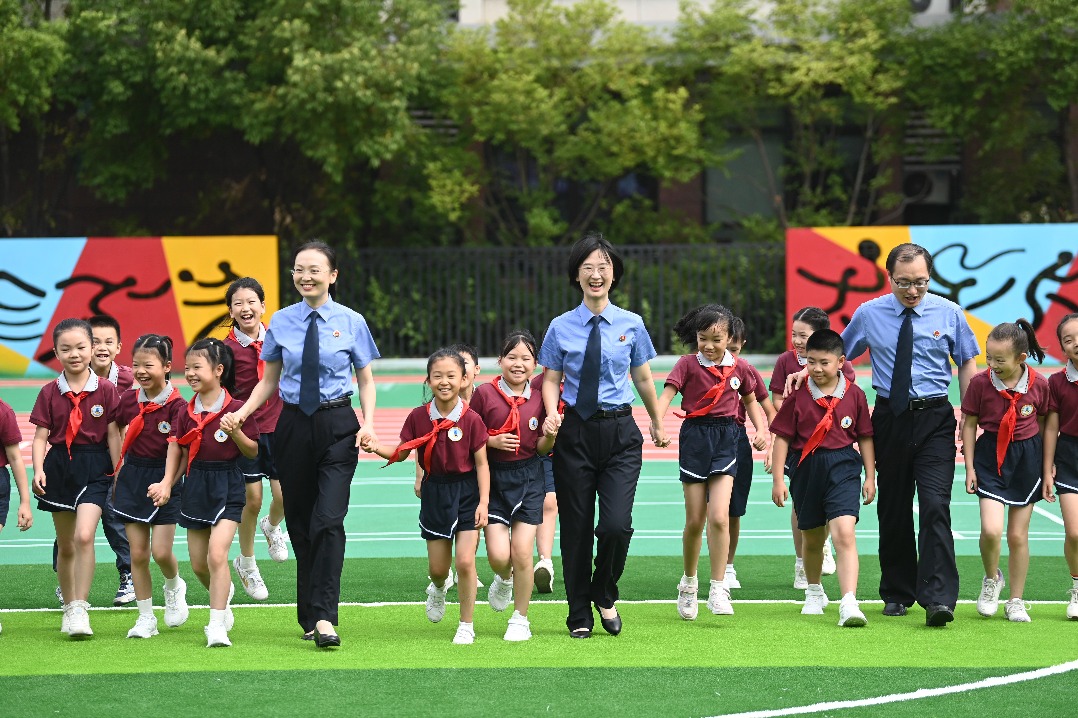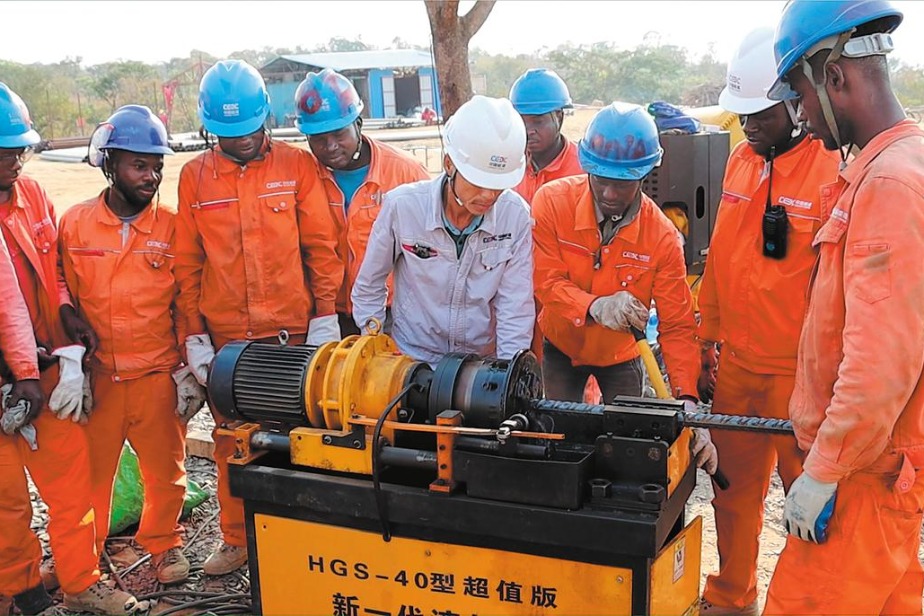High school to be mandatory for all children nationwide


Move expected to raise enrollment ratio, support children in less developed areas
The country is to extend the current nine-year compulsory education to encompass high school students nationwide by 2020, according to a guideline recently released by the Ministry of Education and other three ministries.
The Guideline for Popularizing High School Education (2017-20), released early this month, aims to raise the gross enrolment ratio for high schools to above 90 percent on average nationwide with rates in central and western China substantially improved.
Last year, China's overall gross enrollment ratio was 87.5 percent for high schools, meaning a rise of 2.5 percentage points in the next four years, according to the guideline.
The ratio is a statistical measurement to show the number of enrolled students to those who qualify for certain grades, ranging from primary school to middle and high school periods. Over the past few decades, China required children to attend primary and middle schools, while high school was not obligatory.
Meanwhile, the document said the country is set to achieve a more reasonable structure between high school and secondary occupational education while enrolling a larger number of children into both schools. In addition, these schools will enjoy more funds and better facilities to significantly improve the quality of education.
High school is a special and important stage for most Chinese students, which links the nine-year compulsory education and college time they will spend before getting a job. That's why high school has been considered a key period to improve quality of the nation's human resources.
The guideline was in line with China's 13th Five-Year Plan (2016-20), which pledges to popularize high school education by the end of this period. The new document is also to bridge regional disparity of high school education as the central and western regions lag far behind the east.
For example, the Guangxi Zhuang autonomous region still has an insufficient number of high school teachers, demanding 13,000 more to reach the national average ratio of teachers to students. What's worse is that the region's high schools have debts worth 2 billion yuan ($290 million).
Currently, most provinces and regions have reached a gross enrollment ratio of more than 90 percent for high school education, with only nine provinces below the ratio in less developed western regions and areas inhabited by ethnic groups, according to Lyu Yugang, director of the ministry's basic education department.
The gap was part of the reason for the new guideline that lays emphasis on less developed regions. Therefore, the guideline is to prop up high school education for poverty-stricken, ethnic and border areas in central and western China, Lyu said.
Ma Dacai, principal of Pianma High School in Yunnan province's Nujiang Lisu autonomous prefecture, said the new guideline is expected to boost development of high schools in far-flung regions, which are still catching up with coastal areas such as Shanghai and Guangdong province.
"Take my school as an example. Our computers, library and teachers are not as good as those in Shanghai. What's worsening the situation is that some students cannot afford the charges for schooling because their parents have financial difficulties under long-term poverty," Ma said.
Therefore, Ma said, further government help is needed to provide more funds and talent for these students and schools similar to his.
Du Xiaoli, a researcher at the Shanghai Institute of Educational Sciences, suggested the country carry out a slew of major projects that endow more resources and improve quality of education in some regions, in particular the central and western regions. More support is needed to improve facilities such as dormitories, libraries, teaching facilities and stadiums, she said.
"Students from poor families should be exempt from tuition fees when they go to high school or occupational school, while subsidies for occupational schools should be raised to ensure all students proceed with their studies," Du added.
Moreover, teachers in urban schools should be encouraged to work in rural areas to provide better education and bridge the regional disparity, said Wu Zhihui, president of the Institute for China Rural Education at Northeast Normal University.
"Like doctors being encouraged to work for community clinics, teachers at prestigious schools should be encouraged to aid those in less-developed regions," Wu added.
- Police called in after investigation into food safety incident at Shanghai schools
- Shanghai Sports Festival sparks citywide fitness fun
- Intl conference shows new pathways to integrate education, research and application
- China's cyberspace regulator penalizes Toutiao for presenting 'harmful information'
- Shanghai's first intl snow sculpture expo transforms resort into winter wonderland
- China-built jet C919 carries out over 2 million passenger trips





































